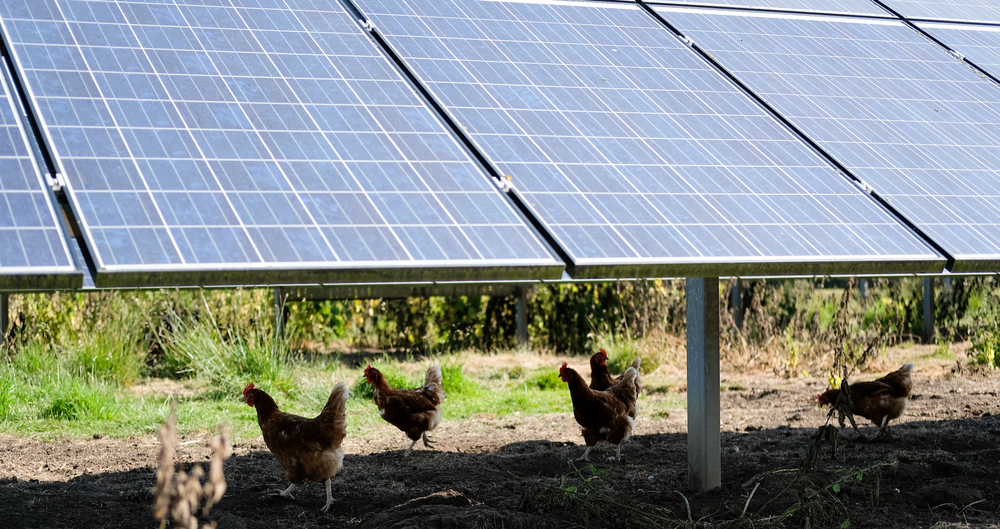We have been lucky with the weather!
Those of us with rooftop solar PV modules at home or on the farm buildings will have noticed that chilly April and soggy May 2021 almost matched the record spring sunshine we enjoyed last year in the early days of COVID-19 lockdown.
And we’ve been fortunate, too, with the spring bank holiday – the sun shone on the Scurlock family trip to the West Country (a lovely solar-powered B&B close to the Iron Age hill fort of Brent Knoll, about five miles south of Weston-super-Mare).
However, the NFU is aware of growing concern about the large scale of some recent ground-mounted solar installations, which are now being constructed without government incentives as the cost of the technology has fallen.
Developing best practice
Over the past 10 years, the NFU has worked with the Solar Trade Association (now Solar Energy UK) on developing best practice in British solar farms, enabling multi-functional land use (temporary and reversible), which includes space for wildlife as well as sheep grazing, together with energy production.
We know that farmers already own or host about 70% of Britain’s solar power capacity on agricultural rooftops or in fields, making a significant contribution to the national goal of ‘net zero’ climate emissions. But solar energy, like wind power, is expected to double in size over the next decade as more of the UK economy switches to low-carbon electricity.
Many of these newer solar farms are 5–10 times larger than the government-supported solar farms that were constructed some six to eight years ago, and a few are bigger still.
Enabling multi-purpose land use
The NFU is working with the solar industry, ecological consultants and other stakeholders to ensure that good practice guidance is applied to this next wave of solar farm construction, enabling truly multi-purpose land use as a source of diversification income for farmers at a time of significant uncertainty for our industry.
In our previous policy work, we looked into the issue of non-food land use for low-carbon energy production and concluded that solar farms actually have a relatively modest ‘land take’ and environmental impact compared with wind power, bioenergy or even other non-food land use such as golf courses, horse paddocks or pharmaceutical crops.
Back at Brent Knoll, a National Trust property with a couple of jubilee beacons at the top, there is a panoramic view offering a grand perspective on human-induced land use change (yes, my sightseeing gets all muddled up with applied geography).
Hiking up there the other morning, I spotted three solar farms, two of which looked more like blue lakes in the distance. Elsewhere, the hulk of the giant Hinkley Point nuclear power station site was visible on the coast, as well as many other human impacts on the Somerset landscape (towns, villages, leisure parks, sprawling commercial buildings and the M5 motorway).
The fields to the east were probably already cleared of forest and woodland by around 1000-500 BC when Brent Knoll was established as an Iron Age fort, but the draining of the wetlands towards the coast for agricultural use did not start until around 1000 AD. The application of land to energy production is surely just the latest trend in a process that has been going on for millennia.
